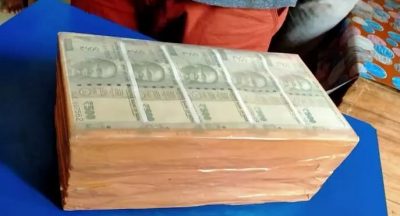Spotting Fakes
From drugs to gadgets, the share of counterfeits in global trade, according to an OECD estimate, stands at 7-10%. The implications worsen with currency counterfeiting. However, fighting fakes has never been easy; the technology behind the spurious has often caught up with, and sometimes even outpaced, that of the authentic. But with non-cloneable identification (nCID), the trend may yet reverse. A Pune-based company, Bilcare, has developed nano-microparticles-enabled authentication that could nail even the best fakes—minuscule amounts of such particles of metal are embedded on an nCID chip on the packaging of a product. Under a magneto-optic sensor, the nCID chip generates a non-reproducible, digitised image unique to the packed unit—‘non-reproducible’ meaning that even the manufacturer of the chip can’t make a copy. The image can then be transmitted through mobile or internet gateways, and the manufacturing site, date and other particulars of the packed unit can be verified. Thus, even the closest lookalike would fail the magneto-optic test.
http://www.financialexpress.com/news/spotting-fakes/1233281?rhheader
Related Posts
Two N.Y. men charged with cigarette smuggling
Two men were charged with smuggling cigarettes after they were stopped with...
Chaygaon Police seized fake currency notes worth Rs 6 lakh; three arrested
BOKO: Chaygaon Police seized fake Indian currency notes of Rs 500 denomination...
12 arrested, illicit liquor worth Rs 2.85L seized
The police arrested 12 persons in connection with smuggling of illicit liquor...
Thane: Counterfeit notes of over Rs 8 crore seized
THANE: As many as seven cases were registered last year of counterfeit currency...





